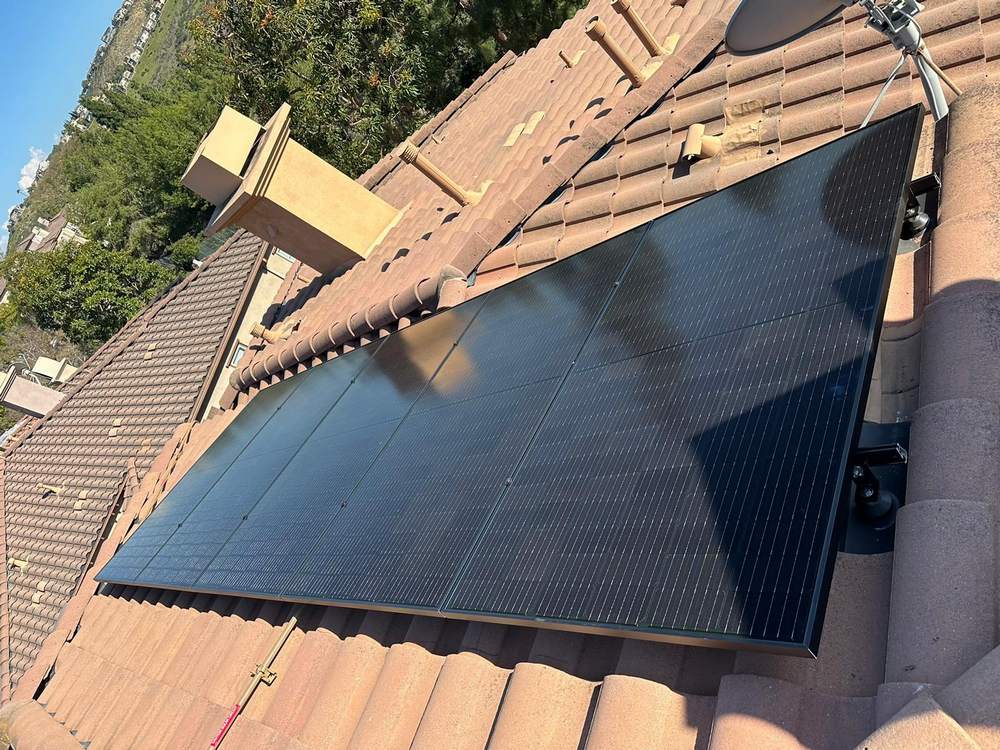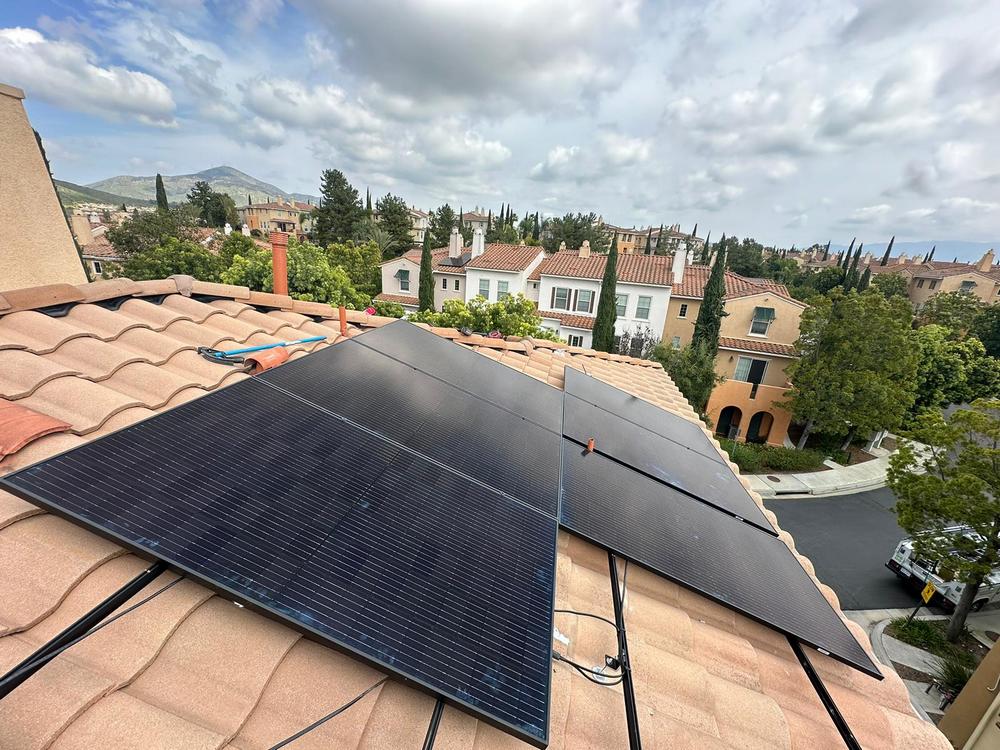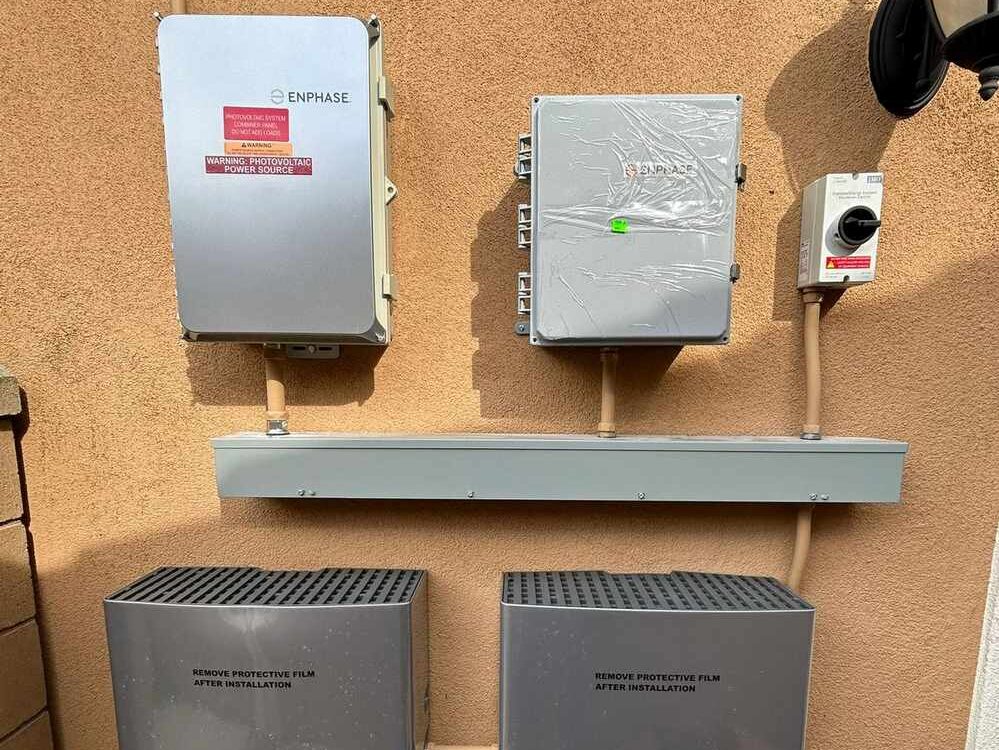
The federal solar tax credit, also known as the Solar Investment Tax Credit, or ITC, is the single most important solar incentive available in the United States. If you install solar panels before the end of 2020, you will receive a tax credit that is equal to 26 percent of the cost of your solar installation.
The tax credit is applied to your federal income taxes and can greatly reduce, or even eliminate, what you owe! But, there are certain rules and guidelines that govern who can claim the credit.
The article below contains information about who can claim the solar tax credit, how it works, and what factors might affect your eligibility.
How does the federal solar tax credit work?
Throughout 2020, the solar tax credit is equal to 26 percent of the cost to install a solar system, with no maximum credit amount. For example, an average-sized residential installation of solar panels in California costs about $17,000. The credit for that system would be 26% of $17,000, or $4,420.
For the remainder of 2020, the federal solar tax credit will equal 26% of the cost of installing a solar system before stepping down to 22% in 2021 and expiring completely for residential installations in 2022. After 2021, businesses can receive a 10% tax credit for installing solar panels.
Whether you can claim the full amount of the credit depends on a few factors.
Who is eligible for the federal solar tax credit?
Anyone who pays for a solar panel installation on a home or business they own can claim the solar tax credit, as long as they have tax liability in the year of installation. What this means is, you have to owe taxes during the same year as the installation in order to qualify for the solar tax credit.
You can’t take a credit larger than the amount of taxes you owe, because the ITC is a “non-refundable” tax credit. You can, however, claim the credit over more than one year, and carry any leftover amount forward to the next year.
It’s important to note that when it comes to the residential ITC, the IRS says your system has to be “placed into service” by the end of the year to qualify for that year’s tax credit, but they don’t define “placed into service.” We’d say that’s when your system is fully interconnected and permission to operate has been granted by your utility company.
If your solar panels are turned on and sending electricity to the grid on December 31st, you’re good, but otherwise, talk to a tax expert and be cautious.
How do you claim the federal solar tax credit?
To claim the residential credit, complete Form 5695 along with Form 1040 when you file your income taxes. The instructions for Form 5695 are fairly easy to follow, and include a worksheet to help you figure out how much of the credit you can claim this year.
Here are links to the two main documents for tax year 2019:





